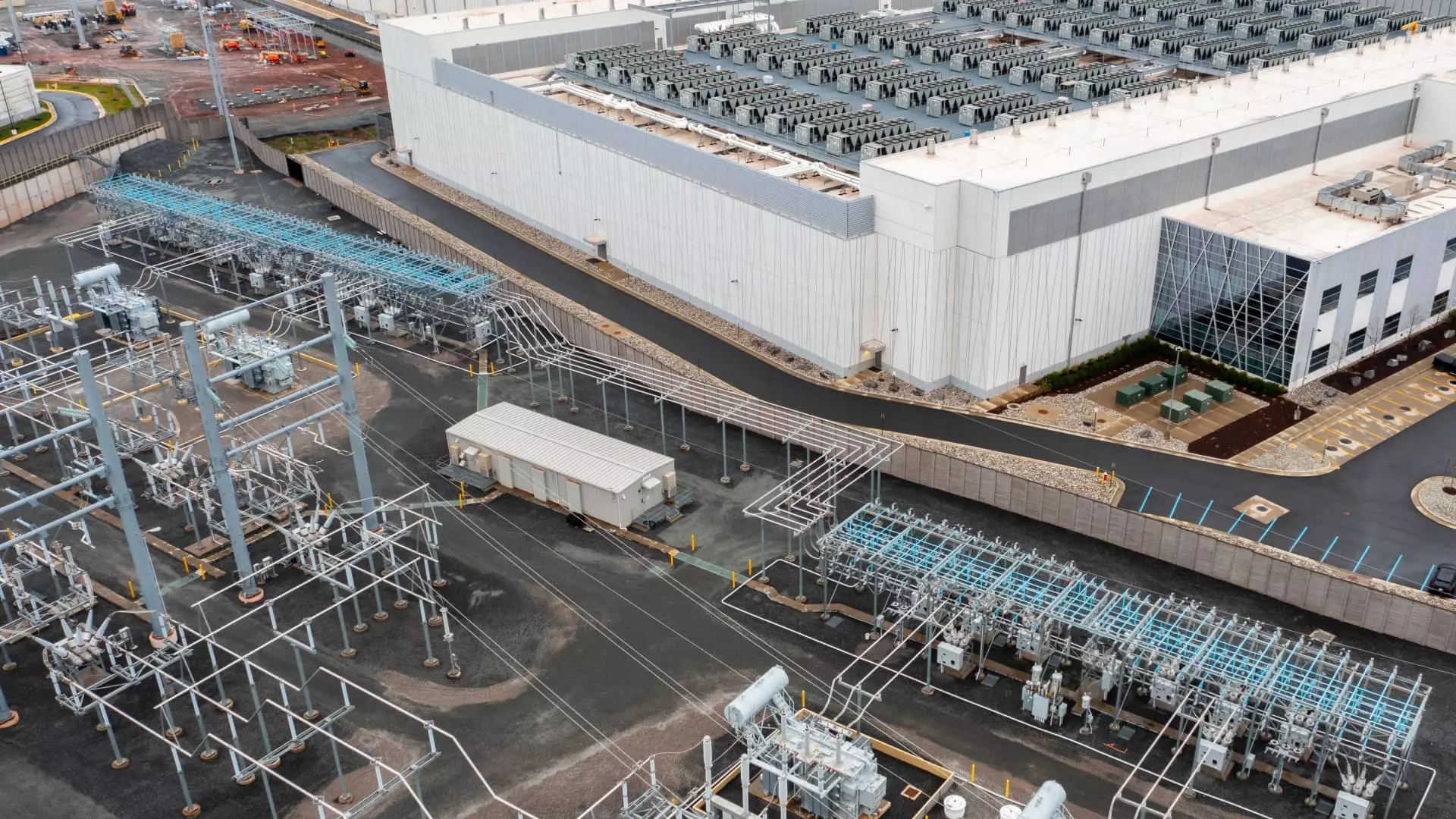In recent developments, the ambitious plans of technology firms to harness nuclear energy for the burgeoning demands of artificial intelligence (AI) have encountered significant hurdles. The Federal Energy Regulatory Commission (FERC) has turned down a critical proposal which aimed to augment the power allocation for an Amazon data center that is set to be powered by the Susquehanna nuclear plant in Pennsylvania. This decision marks a critical juncture in the delicate relationship between tech companies and energy producers, particularly as both sectors grapple with the evolving landscape of electricity consumption tied to AI and cloud computing.
The rejection of Talen Energy’s request to increase the power dispatched to Amazon’s data center from 300 to 480 megawatts has reverberated through the financial markets, sending Talen’s stock crashing by over 5% in premarket trading. Other energy companies, including Constellation Energy and Vistra Corp., mirrored this decline, underscoring investor concern about the ripple effects this decision could have on similar potential agreements within the nuclear energy sector. This backlash emphasizes the high stakes surrounding energy agreements in the age of increasing digitalization and computer resource demands.
Market analysts had anticipated that leading energy firms, like Constellation and Vistra, would also announce nuclear energy partnerships to accommodate the electric load of tech giants. However, with this denial, investors are left pondering the future viability of such agreements. The implications are profound, not just for stock valuations, but for the broader energy landscape as corporations seek ways to sustain their growth trajectories while remaining compliant with environmental standards.
Talen Energy’s response to FERC’s decision reflects a broader concern regarding economic vitality in states like Pennsylvania, Ohio, and New Jersey. The power producer argues that the regulatory decision creates a “chilling effect” on economic development, suggesting that without suitable power solutions, tech investments might falter. The implications of this denial extend beyond corporate financial health — it also raises questions about grid reliability and the overall preparedness of infrastructure to accommodate future technological advancements.
From an operational perspective, the deal’s failure brings to light the ongoing struggle between regulatory frameworks and market demands. As the PJM Interconnection grid operator collaborated with Talen Energy, the expectation was that the partnership would pave the way for novel arrangements that would showcase the benefits of nuclear power in meeting not just increasing demand but also in reducing the overall carbon footprint.
The cooling appetite for nuclear power partnerships may stall the momentum that firms like Constellation and Vistra have capitalized on in recent months. Both companies have seen substantial rise in their stock values as the tech sector’s energy needs have increased dramatically. With Vistra’s stock more than tripling in 2023 alone, investors began to see nuclear power as a credible and profitable play in the realm of renewable energy solutions. Constellation, too, reported remarkable growth, positioning themselves as key players against the backdrop of escalating energy demands.
Yet, the FERC’s decision does not put an end to exploration in this field. Unlike Talen’s direct agreement with Amazon, Constellation’s plans to restart the Three Mile Island facility in 2028 will connect power supply to the grid rather than channeling directly to tech facilities. This approach underscores a strategic pivot that may circumvent current regulatory barriers while still addressing the pressing need for reliable, sustainable power sources.
The landscape of data centers, fueled heavily by AI, suggests a greater urgency for sustainable and efficient energy solutions. Nuclear power has emerged as a promising option due to its reliability and low emissions, yet the regulatory obstacles still loom large. As tech companies continue their quest to secure stable energy sources, the intricate dance between energy producers, regulatory bodies, and tech giants will undoubtedly shape the future of both industries.
While the recent decision from FERC may pose challenges, it may also usher in a necessary reevaluation of strategies amongst stakeholders in both the tech and nuclear energy sectors. A collaborative approach, informed by regulatory realities and technological requirements, could ultimately lead to innovative solutions that benefit consumers, the economy, and the environment alike. The intersection of AI energy demands and nuclear capabilities remains an uncharted territory awaiting exploration.

